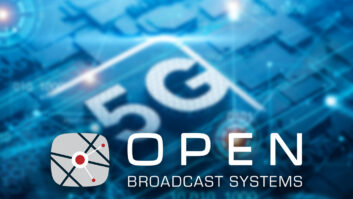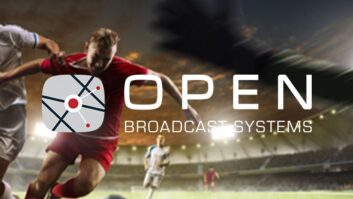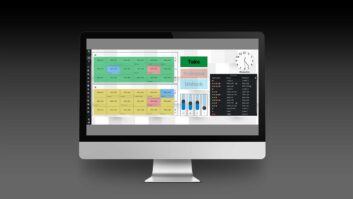
According to Informa, revenue from pure OTT services is estimated to grow to $37 billion by 2017 and, while the growth curve is steep, pure OTT revenue will likely just reach ten per cent of pay TV revenue by the end of this decade. While it’s true that new OTT entrants accelerate consumer demand, growing consumer demand for multi-screen is actually an excellent opportunity for existing players to be competitive and drive revenue. Existing operators also have many advantages over the newcomers; including deep knowledge of their markets and an existing customer base.
Many traditional broadcasters and operators have launched successful OTT services, but despite the clear opportunity in OTT, the move is not always easy. Traditional players that are looking to move from broadcast to OTT must be aware of and overcome three potential pitfalls when it comes to this transition, as outlined by Irdeto’s Broadcast to OTT ebook.
Potential pitfall # 1: Setting up a separate OTT infrastructure
Broadcasters and operators moving into OTT may be tempted to look at setting up a separate infrastructure for the service. However, investing in a separate ecosystem is costly and would also involve duplication of effort (content ingestion, metadata management) and pressure on resources (staff, expertise, time). In addition, it would mean subscriber data would not be synchronized across broadcast and OTT services – subscriber management systems (SMS) and entitlement management should never have to be duplicated.
Instead, it makes much more sense for broadcast and OTT infrastructures to be integrated as firstly, this would ensure synchronized subscriber data and entitlement rights across both services – to avoid operational overhead and reduce margin of error, a set of integration APIs feed the data into both OTT and broadcast operations.
Integration of the infrastructure would also help to reduce overheads and increase alignment and allow the leveraging of content rights across both platforms, as many existing content licenses already include extension to unmanaged devices (at least within the subscriber home). The final benefit would be that operation of the two systems can be fully integrated through a set of unified operational UIs that simplify day-to-day workflows and manage devices and subscriptions transparently across both channels. This would allow operators to simplify operations with a single, integrated management interface.
Potential pitfall #2: Missing out on easy options for mobile video
With the way consumer viewing habits have evolved there are some ‘quick win’ options with existing subscribers that operators must not overlook before trying full OTT services. Research has shown a streaming service to mobile devices (as well as secondary STBs) is one of the most effective ways to improve subscriber satisfaction and many operators can easily expand their existing TV services to stream content to mobile devices within the home – and even for download & go.
Trialing approaches is also important and operators should look to test different content packages and pricing models before investing in a full OTT service. This is facilitated by the fact that many existing content licenses already include extension to unmanaged devices such as tablets and smartphones – at least within the subscriber home.
Finally, every market is different and consumer demands change quickly and even established OTT providers like Netflix are constantly tweaking their offers because of this. Making sure you can launch services quickly and having flexibility to experiment and change offerings at pace is therefore critical for operators.
Potential pitfall #3: Getting the timing wrong
Timing is critical when moving from broadcast to OTT as going too fast or too slow can result in failure. On one hand, waiting until all options are straightened out may lead to missing the OTT boat. On the other hand, underestimating the complexity makes rushing into proprietary solutions seem tempting, but can lead to technology lock-in that will impede future growth.
So the question many operators will be asking themselves is how can they seize market opportunities, despite the complexity of the ecosystem? Well, to tackle complexity, pre-integration with a number of industry-leading partners (such as encoders) can accelerate the lengthy integration phase and still maintain full range of options to choose from.
In addition, for maximum device reach it is important to support multiple DRM technologies and be able to easily manage business policies across them. However, all this will still not be enough without a flexible and updateable solution that will grow with your business – in the Internet world, many of the standards are not mature and there is a plethora of different technologies, so any OTT solution needs to be flexible.
The bottom line is that finding the right way to expand into OTT and leverage that broadcast platform will give service providers a unique advantage. Competition for a consumer’s time and money is not about to abate and operators which evolve their offerings to suit new consumption methods can create personalized TV services that propel them into tremendous leadership positions.
By Richard Scott, senior vice president, sales and marketing, Irdeto







